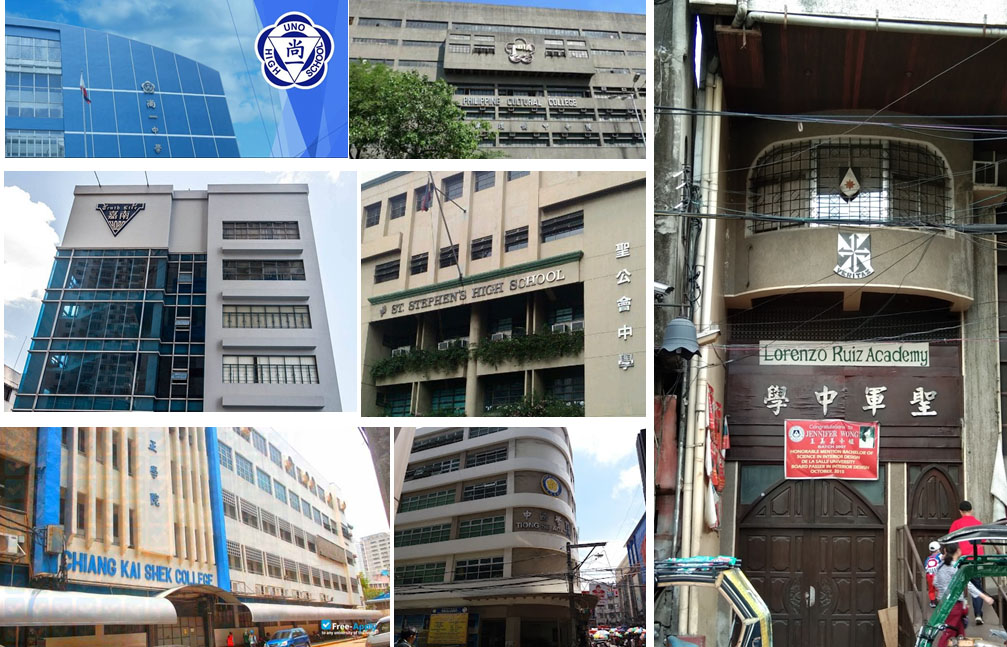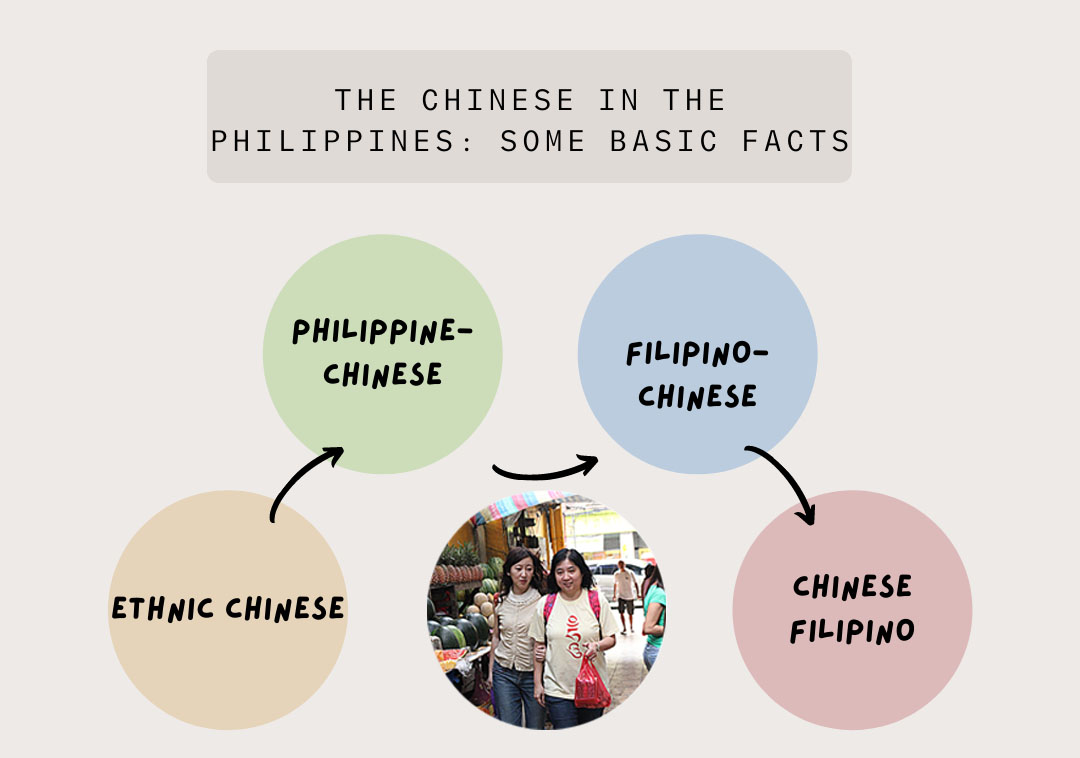First published in Tulay Monthly, Chinese-Filipino Digest 1, no. 1 (June 1988): 3.
Definition of Terms
- Ethnic Chinese are people with some measurable degree of Chinese parentage, who can speak and understand at least one Chinese dialect, who have received a minimum of Chinese education and who have retained some Chinese customs and traditions enough to consider themselves and be considered by their neighbors as Chinese.
- Philippine-Chinese refers to the community or to the people in general, i.e., the Philippine-Chinese history, Philippine-Chinese culture.
- Filipino-Chinese refers to traditional or older Chinese who are predominantly Chinese in identity but Filipino in citizenship. When used in names of organizations, it means that such organizations have members who are Chinese citizens and also members who are Filipino citizens, i.e., Filipino-Chinese Chambers of Commerce, Filipino-Chinese Fire Prevention Association.
- Chinese Filipino refers to young, mostly native-born ethnic Chinese who identify themselves as Filipinos first, politically, economically, and socially, but who maintain their Chinese cultural identity.
- Alien-Chinese are ethnic Chinese who are not Filipino citizens.
Numbers. Ethnic Chinese number 750,000 to one million or roughly 1.5 percent of the Philippine population. Of this number, 90 percent are native born and belong to either the second, third, or fourth generation. The Metro Manila Chinese make up about 52 percent of the total ethnic Chinese population. Alien Chinese (those who are not Filipino citizens), number about 30,000-40,000. Native Filipinos with Chinese blood in their veins comprise about 10 percent of the Philippine population which means that one out of every 10 Filipinos have Chinese blood in them.
Organizations and institutions. At present, membership of the Chinese organizations is almost exclusively confined to the older generation of Chinese although there are efforts to promote youth groups to encourage young Chinese to participate. The prominent institutions can be roughly categorized into the following:

- Business organizations. These include the different chambers of commerce and trade groups of Filipino-Chinese Chambers of Commerce and Industry, Inc. They number 150 in all. There are a few trade associations which are not members of the Federation, like the Iloilo Chinese Chamber of Commerce, etc. The earliest trade association is the Manila Chinese Chamber of Commerce established in 1904. This association recently (1988) changed its name to Filipino-Chinese General Chamber of Commerce.
- Education institutions. There are 129 schools which offer Chinese language and culture subjects as part of the curriculum aside from the regular DECS required curriculum. Total student population in these schools is roughly 50,000 in both elementary and high school levels.
- Family associations. These are organized according to family surnames tracing a common ancestry. They number 34 in all. They provide scholarships for both honor students and to children of indigent members. Mutual help is the essence for which these associations are formed and ancestor worship in the focus of their activities.
- Hometown associations. These are formed according to hometown origins, some broken down into even smaller units like village origins. They number 200 in all and are like social clubs where members can ex-change information ab-out their families, businesses and news about their hometown in China.
- Charitable institutions. The oldest Chinese institution in the Philippines is the Chinese Charitable Association found-ed in 1870. It overseas the Chinese cemetery and the Chinese General Hospital. Other charitable agencies are the numerous medical free clinics run by various civic and religious organizations in the Chinese community.
- Fire prevention associations: There are nearly 100 of these neighborhood fire prevention groups organized in response to an actual need in the Chinese community. They have reached out even to the needs of the Filipino community and are much welcome everywhere because of their prompt response to fire alarms anywhere.
